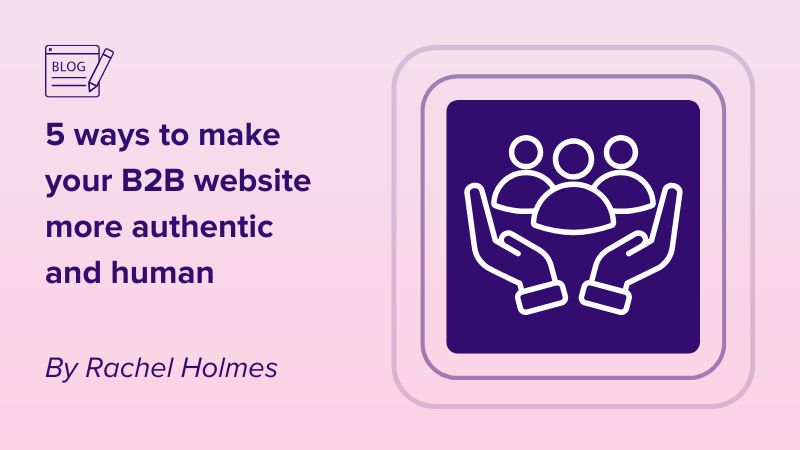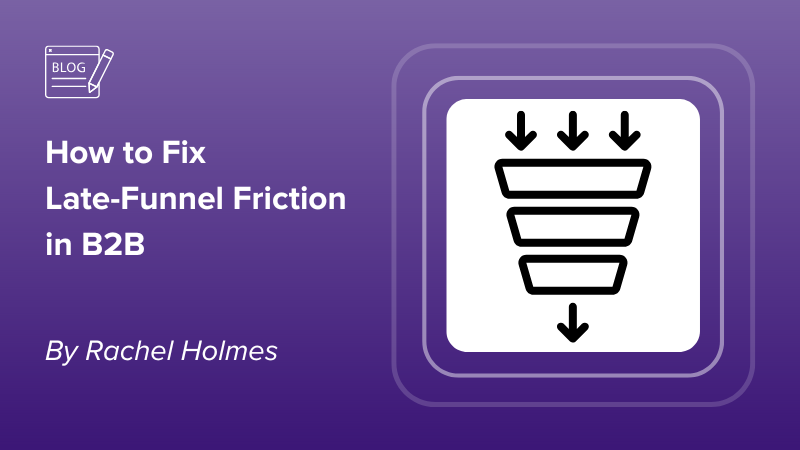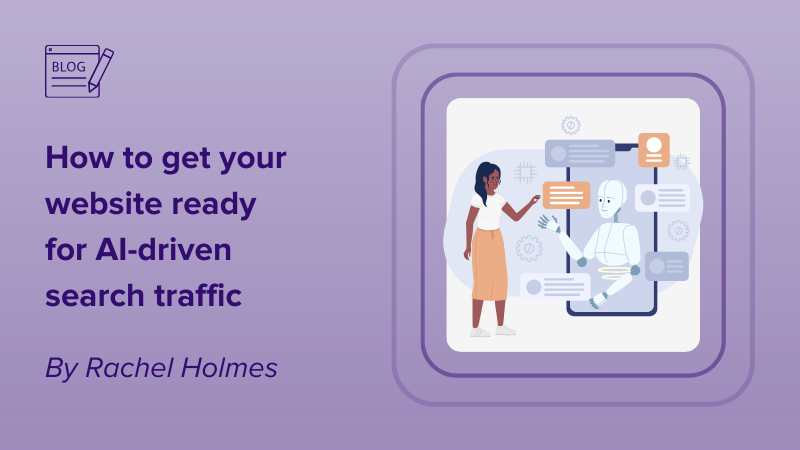“Design used to be the seasoning you’d sprinkle on for taste; now it’s the flour you need at the start of the recipe.” — John Maeda, Designer and Technologist
Personalization is at the heart of successful brand experiences. According Dynamic Yield, 96% of marketers and executives believe in the value of personalization. This makes perfect sense when we learn how much of a valuable role personalized UX plays in business success. In fact, Accenture found that 81% of consumers want brands to understand them better and know when not to approach them. Thanks to a personalization revolution, internet users are demanding personalized recommendations, increased relevance, and content that matters to them. However, in the B2B world, marketers are struggling to find the data to create unique website experiences. Evergage found that 58% of B2B marketers believe they don’t have sufficient data and insights for effective personalization. But it’s crucial to remember who you are selling to. Outside of their B2B decision maker role, buyers are still consumers. The more advanced consumer personalization becomes, the more static, impersonal online journeys will feel like negative and difficult user experiences.
What is a personalized user experience
“I’m most passionate about personalization. I firmly believe that personalized experiences with brands will most drive loyalty and relevance for customers in the future.” — Katrina Lake, CEO of Stitch Fix
A user experience can be defined as the way a user feels about a product or brand based on their interactions with it. Today, UX is more important than ever. Uxeria found that 70% of online businesses fail because of bad usability. This could include your product, software, or even your organization’s website. And, it’s not about creating a one-size-fits-all experience. According to Accenture, 33% of customers who abandon business relationships do so because personalization is lacking. So, ensuring that each of your website visitors, customers and prospects receive a personally relevant, easy-to-navigate experience with your brand is crucial. Personalization should cover every touchpoint — from personalized marketing communications to dynamic website personalization. It may also involve a need for behavioral data to enable product recommendation. According to InstaPage, 78% of U.S. Internet users said personally relevant content from brands increases their purchase intent. And, marketers are feeling the benefit from it, too. In-house marketers who are personalizing their web experiences see, on average, a 19% uplift in sales.
How can businesses provide a personalized user experience
“Your marketing has to seamlessly resonate with your buyer’s goals, interests, and preferences.” — Michael Brenner, CEO of Marketing Insider Group
There are a number of ways to create personalized, positive user experiences. Start by outlining who makes up your customer base and website visitors — use segmentation and define your target audience. Then, you need to learn as much as you can about your audience. What digital behaviors do they exhibit? What industries are typically interested in your services? Gather as much insight as you can and use it to fuel your personalization strategy. Monetate found that 79% of organizations that exceeded revenue goals have a documented personalization strategy in place. This way, you can set goals and targets, measure successes, and continue to gain insight into your customer experience. Consider personalizing all marketing communications, customer interactions, website experiences and calls to action. Create a seamless, easy-to-follow experience, designed perfectly for every user.
It is important to put time, money and resources into planning during the early stages of UX design. According to UX Planet, fixing a problem in development costs ten times more than fixing it in design. And, this number grows to 100 times as much when trying to fix a problem when a product has already been released. And, consider the fundamentals of user experience, too. Think about appearance, calls to action, navigation, optimization for other devices, and load time. More than half of mobile visits are abandoned if a page takes more than three seconds to load, according to Toptal. According to Experience Dynamics, 73% of organizations not conducting user experience testing will be doing so in the next 12 months. If you’re not already thinking about providing personalized experiences, it’s time to start.
Personalization technology
“Marketing Automation is powerful software and processes which make complex and repetitive tasks easy.” – Mautic, open source marketing automation
According to Email Monday, more than half of organizations are currently using marketing automation. Website personalization tools can help transform your customer’s user experience. Webeo creates real time personalization experiences based on the business IP address your website user is visiting from. Thanks to the global leading database of business IP addresses, when a visitor lands on your B2B website, their experience will be tailored based on a set of criteria outlined by you. Greet them by their business name, edit the images and language that appears, and show them highly-personalized content. Advance existing customer relationships, impress first-time visitors, and provide an enjoyable, simple user experience for everyone that lands on your site. See improved CRO and reduced bounce rates, and reap the rewards of quick ROI and website optimization. Discover the power of website personalization with Webeo. Book your free demonstration today.




